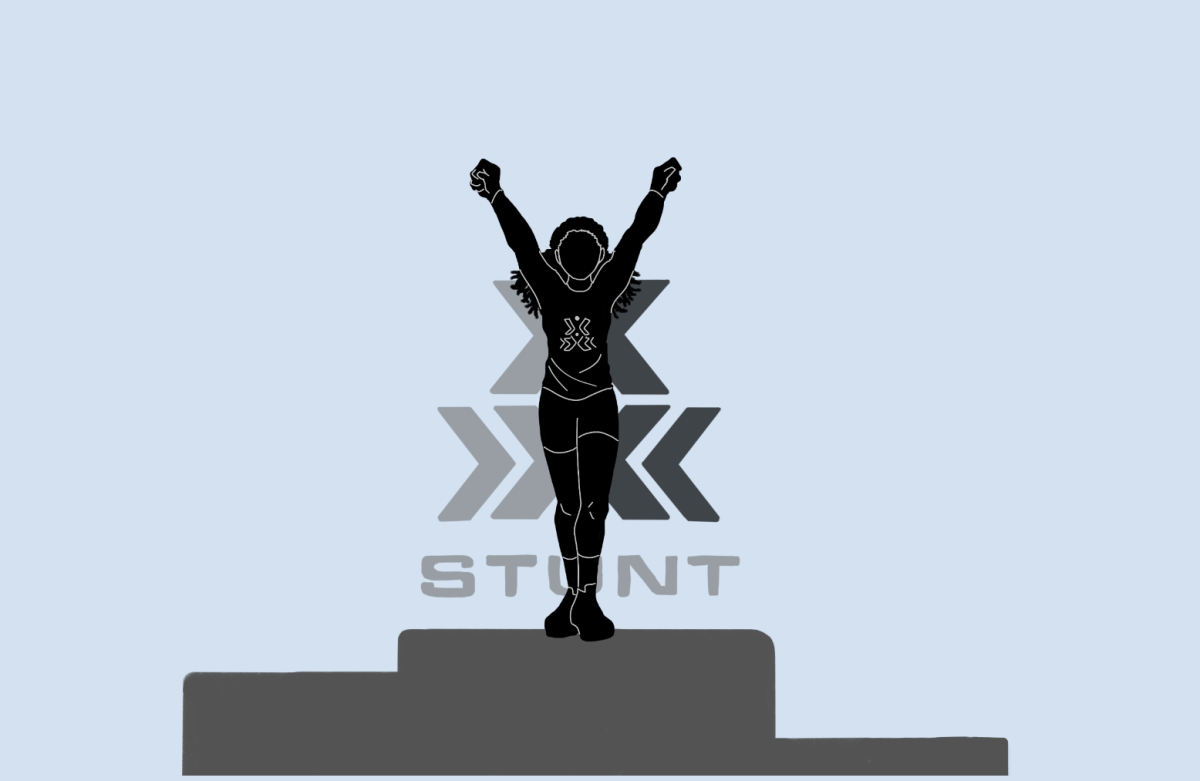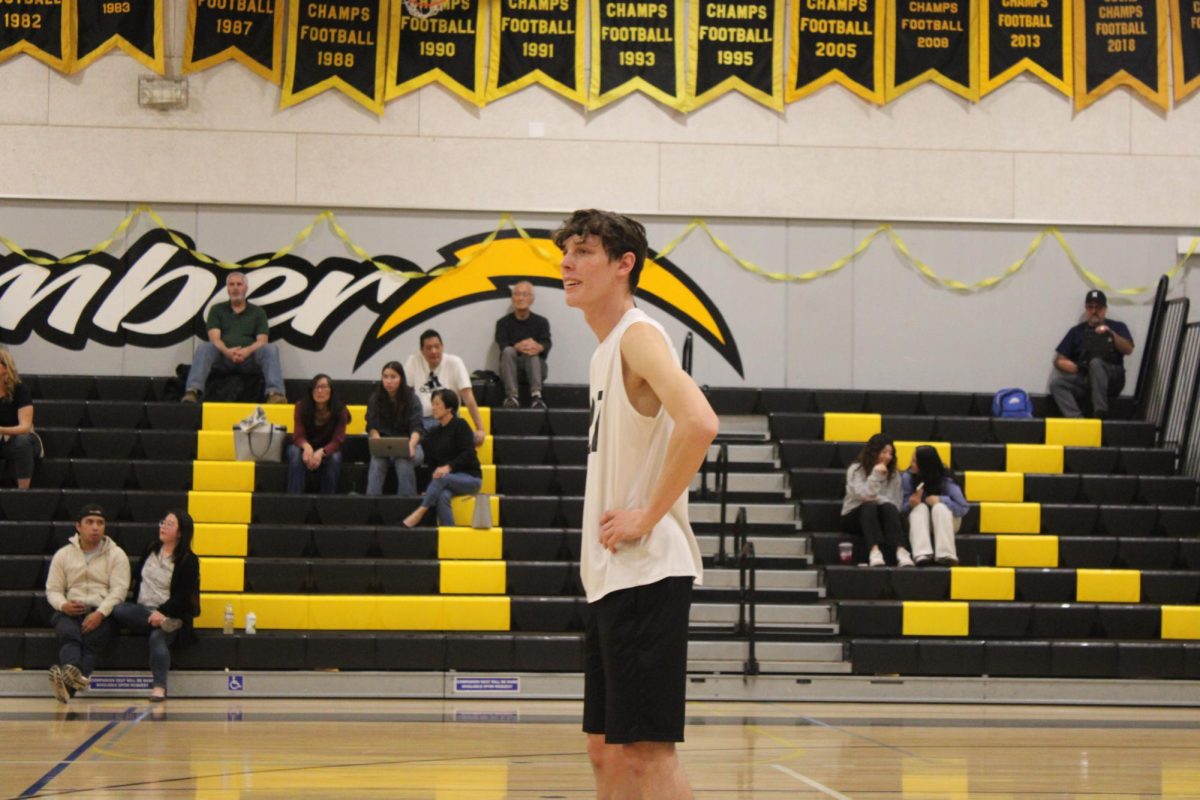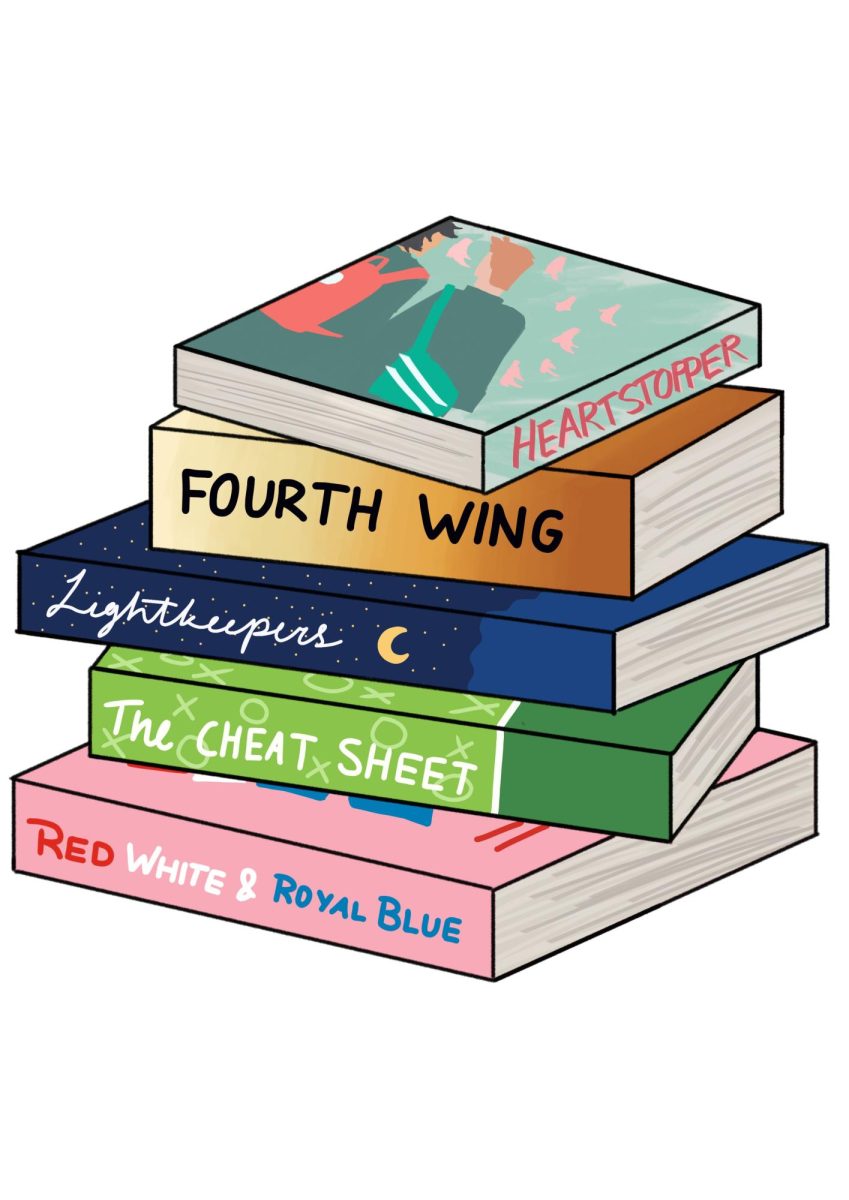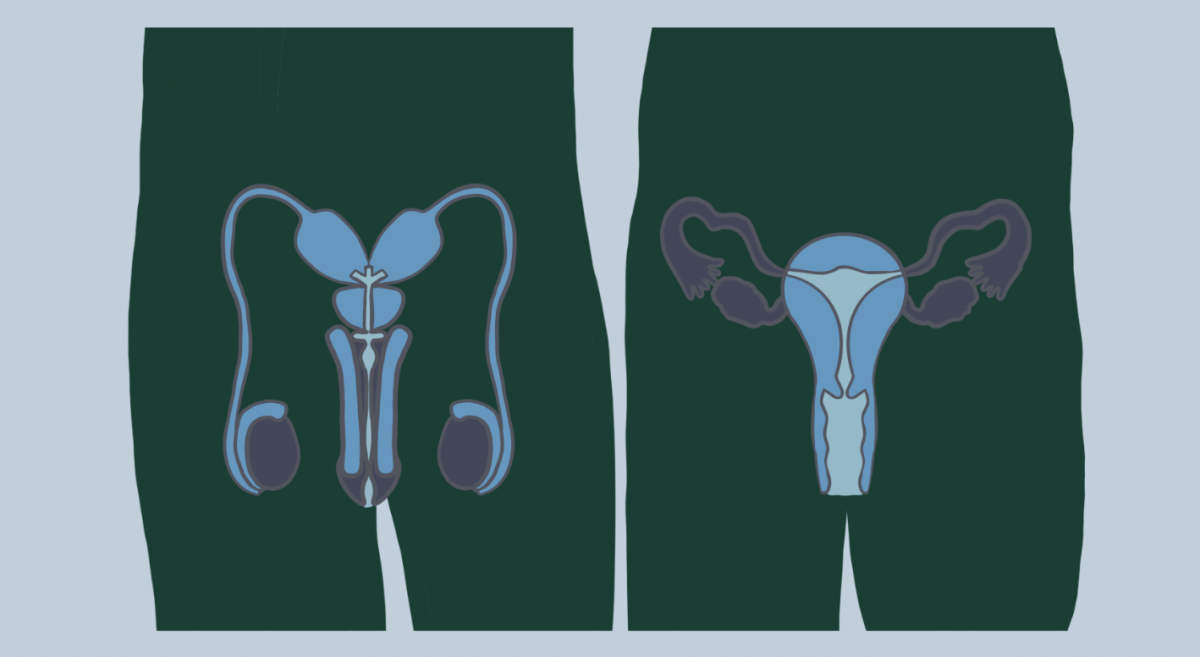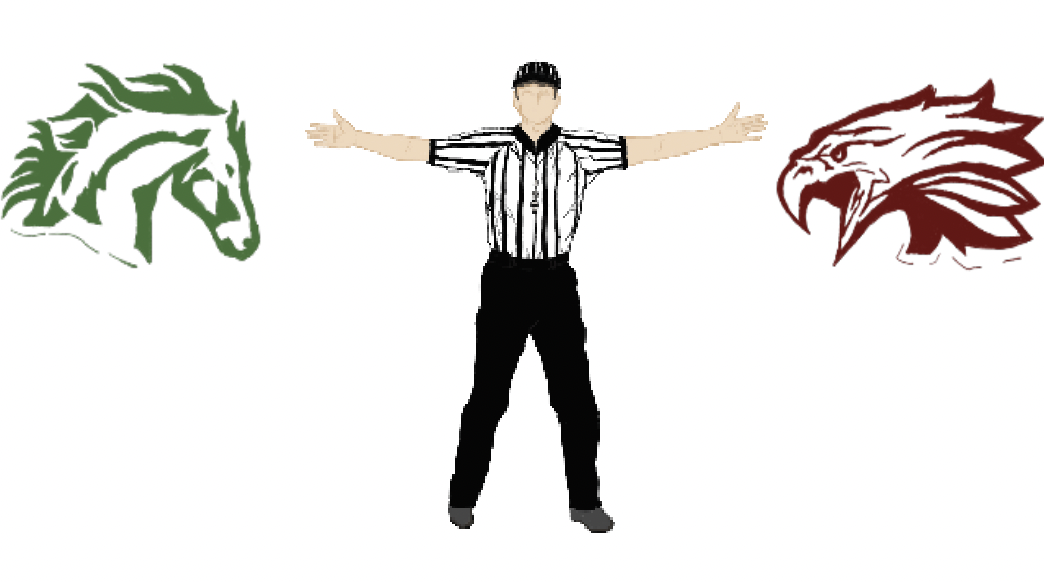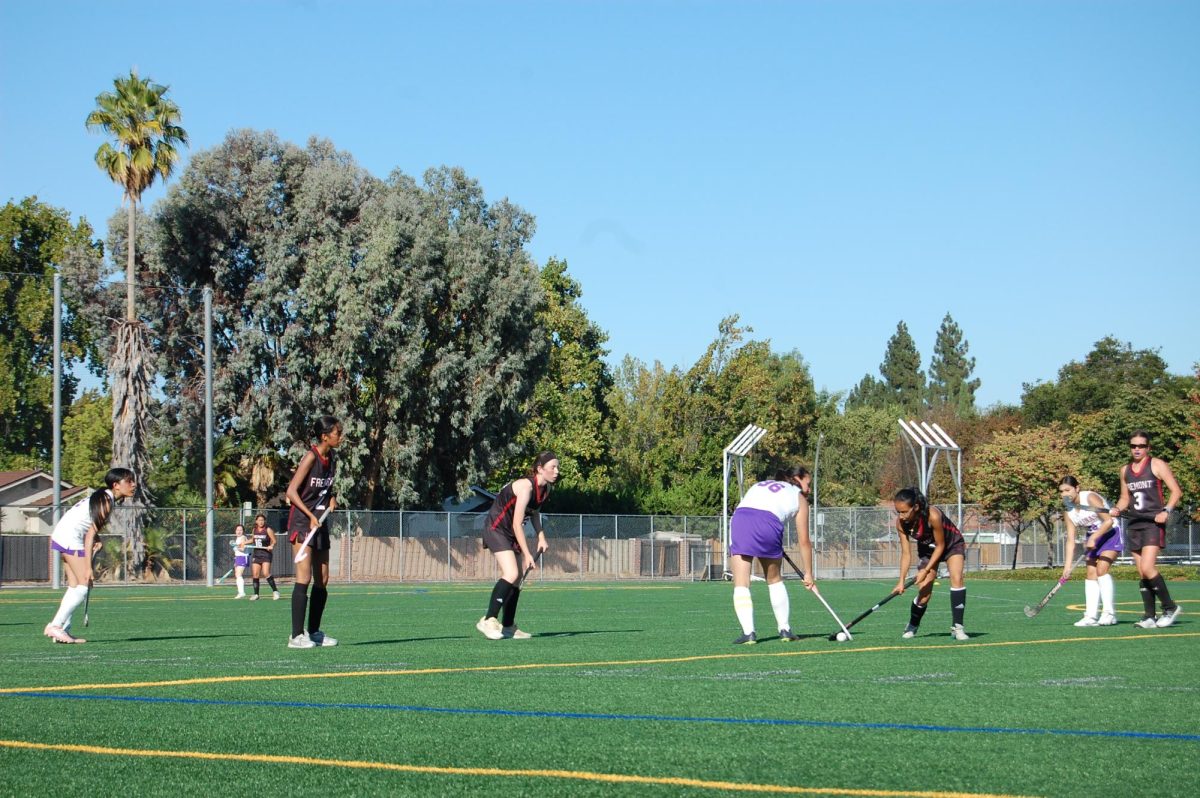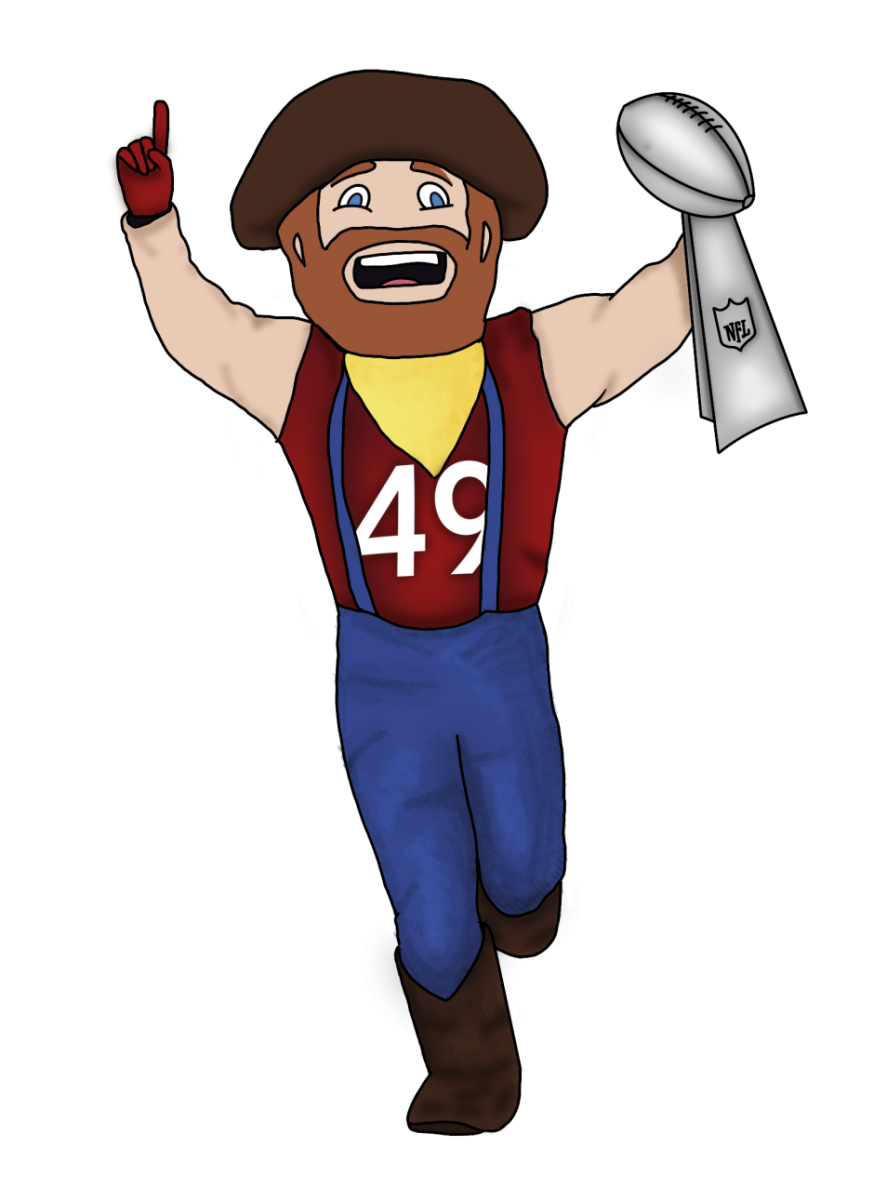“STUNT” is an exciting head-to-head game between two teams who execute skills-based routines in various categories – partner stunts, jumps & tumbling, pyramids & tosses and team routines.
To those who are not versed in the cheerleading vocabulary: STUNT is a sport involving two teams performing the same routines simultaneously. The routines include various skills at different levels. Difficulty increases with the levels as they progress.
Since the creation of STUNT in 2001, the sport has been fighting to be acknowledged as an NCAA sport. For decades, STUNT and competitive cheerleading have been battling recognition for the athleticism and skill demanded by the sports, despite the generalization surrounding cheerleading as “girls in skirts and shaking pom poms.” In fact, according to the National Institutes of Health, “cheerleading injuries account for more than half of the catastrophic injuries experienced by female athletes at the high school and college levels, surpassing the rate of catastrophic injuries caused by football among male athletes.” With these jarring statistics cheerleaders urge the public to recognize the athleticism and effort that is a part of the sport.
“It’s crazy how people don’t see cheer as a sport. They face so many injuries and concussions every year,” FHS freshman Nora Whelan said.
Many former and current cheerleading athletes prefer STUNT over the traditional competition due to its more equitable scoresheet. With competitive cheerleading, routines are only two minutes and thirty seconds, each with unique choreography and music. With that, the subjectivity of what judges consider creative is highly criticized. In STUNT, all teams are given the same routine so the only points being rewarded are for technique, which is judged much more objectively. Additionally, STUNT games tend to last up to two hours, which is significantly longer than the one or two short routines teams get in traditional cheer competitions. Parents and other spectators appreciate this because it gives them more time to watch their loved one participate. On top of that, it makes traveling from competition to competition feel more worth the cost as families and athletes are getting more out of the event.
STUNT focuses on the technical aspects of cheerleading, stunting and tumbling without the over-the-top theatrical performances, which is why it is more accepted as a professional sport— it is not about looks, it is about skill. Athletes even wear sleek long-sleeved shirts with shorts and a basic hairdo, a huge difference from competitive cheerleading and its blinged-out bows, uniforms and makeup.
Another thing to recognize is that STUNT as a sport is easier for high school and college teams to compete as opposed to competitive cheerleading. This is due to multiple factors, one being that a STUNT team can utilize up to 30-40 plus athletes who have a range of skills. This is much different from a competition that can only have up to 23-30 athletes competing all at a highly skilled level. STUNT allows teams with varying skill levels to harness the abilities of everyone on the team which adds an additional layer of fairness within the sport.
As STUNT continues to evolve and grow as a sport, high school and college programs transition from competition to STUNT teams. What the future holds for STUNT as a NCAA sport is unknown but it is encouraging to see cheerleading athletes being viewed in a positive and professional light.


